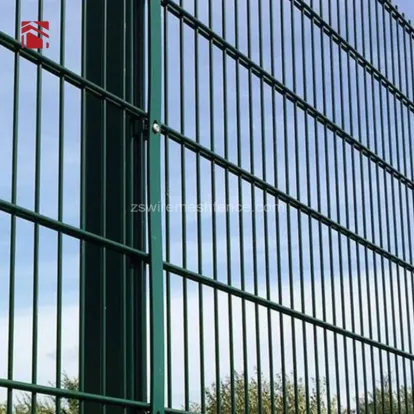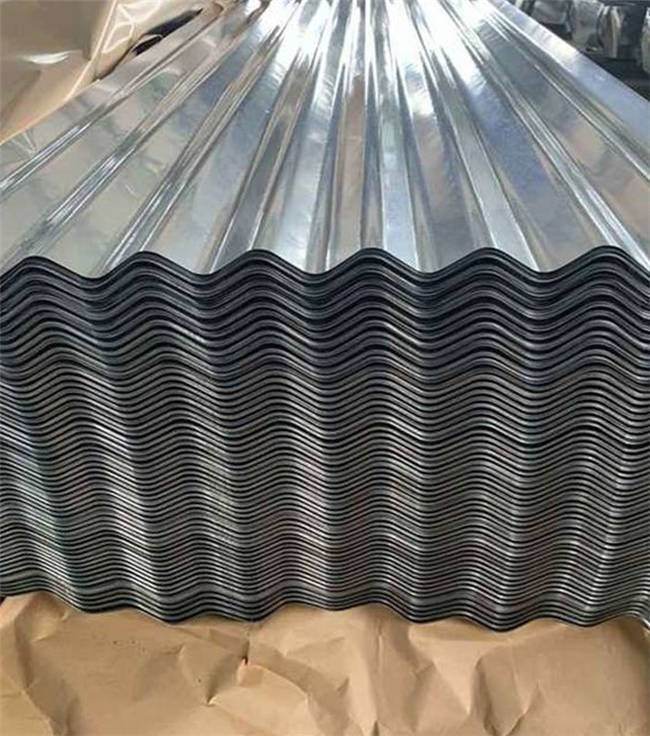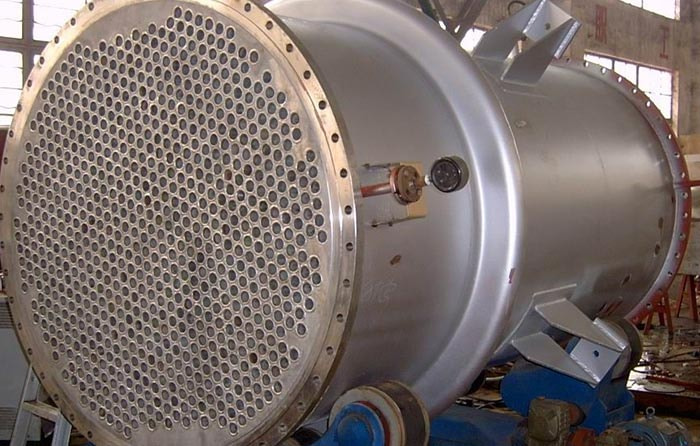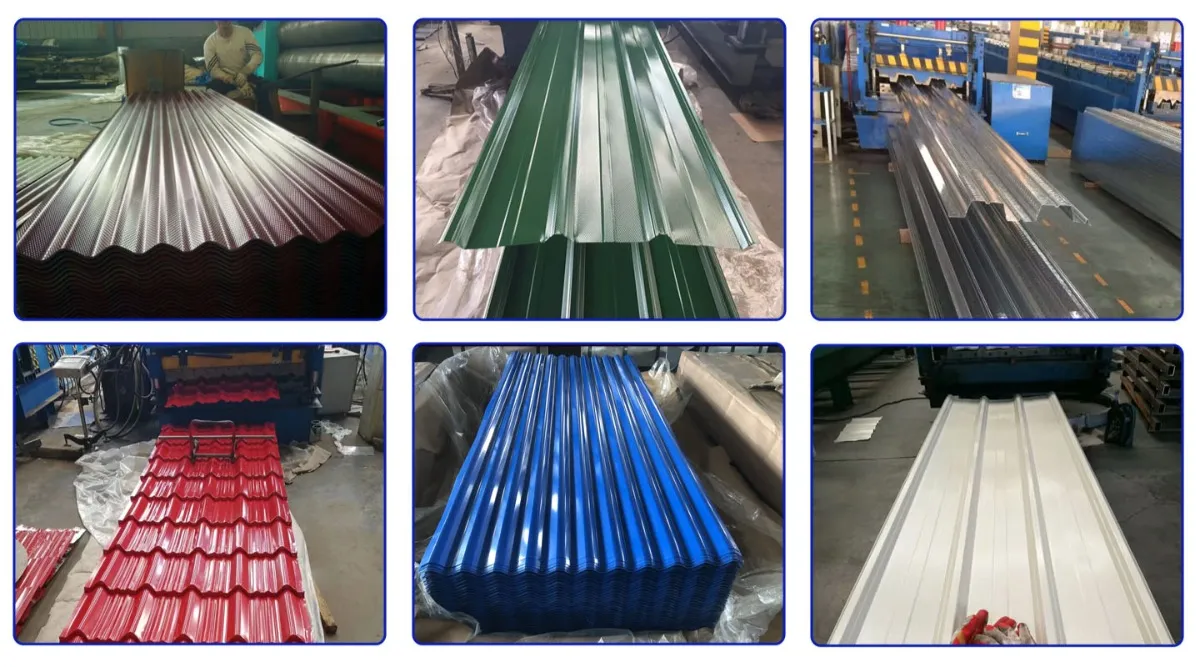What is cast of stainless steel?
Stainless steel is a popular choice for a wide range of applications due to its durability, corrosion resistance, and aesthetic appeal. One common method of shaping stainless steel into finished products is through casting. In this article, we'll take a closer look at what cast of stainless steel is and how it is done.
What is stainless steel casting?
Stainless steel casting is a manufacturing process in which molten stainless steel is poured into a mold and allowed to solidify into the desired shape. This process is used to create a variety of parts and components with complex geometries and precise dimensions. The finished products can range from small intricate components to large industrial parts.
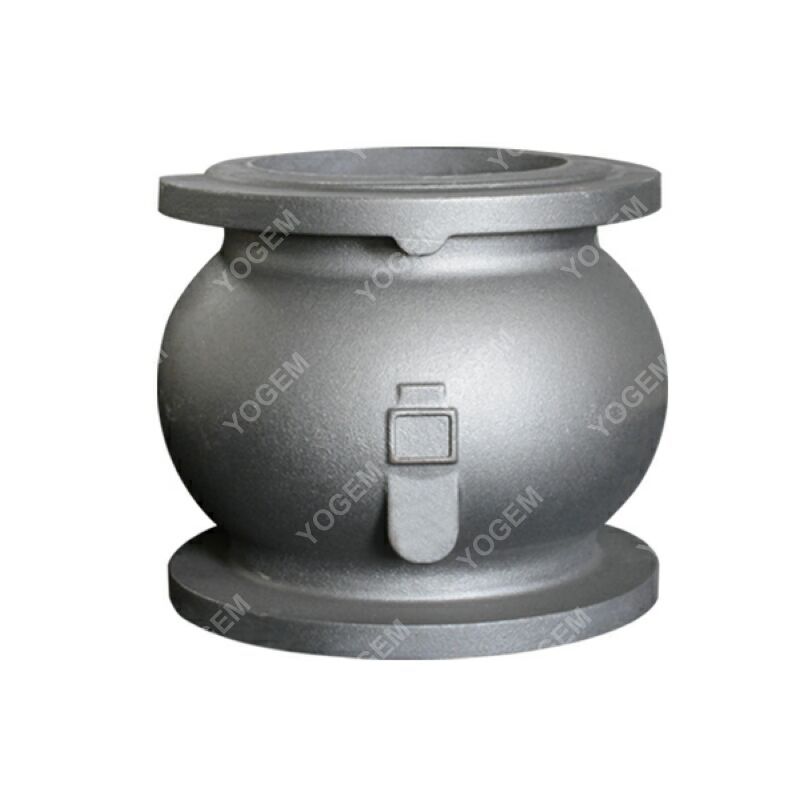
How is stainless steel casting done?
1. Pattern Making: The first step in the casting process is to create a pattern of the part to be cast. This pattern is usually made from wax, plastic, or metal and is an exact replica of the final part.
2. Mold Making: The pattern is placed in a mold material, such as sand or ceramic, which is then allowed to harden. Once the mold is ready, the pattern is removed, leaving behind an empty cavity in the shape of the desired part.
3. Pouring: The molten stainless steel is heated to a high temperature in a furnace and then poured into the mold cavity. The metal fills the cavity and takes on the shape of the mold.
4. Solidification: As the molten metal cools, it solidifies and takes on the characteristics of stainless steel. Once the metal has cooled completely, the mold is removed to reveal the finished part.
5. Finishing: The cast stainless steel part may undergo additional processes, such as machining, grinding, or polishing, to achieve the desired surface finish and dimensions.
Difference Between Quartz Powder and Silica Fume
How Much Weight Can a Heavy Duty Zip Tie Hold?
What Is the Maximum Weight a Railway Track Can Support?
Understanding the Composition of Tungsten Carbide Rod
What Are Wear Plates Used For?
Hastelloy Clad Plate: The Perfect Fusion of Strength and Corrosion Resistance
Are There Different Types of Aluminum Coils?
Benefits of stainless steel casting
Stainless steel casting offers several advantages over other manufacturing methods, including:
- Design flexibility: The casting process allows for the production of complex shapes and intricate details that would be difficult or impossible to achieve through other methods.
- Cost-effectiveness: Casting can be a cost-effective way to produce parts in large quantities, as the initial tooling costs can be spread out over many parts.
- Material properties: Stainless steel is known for its superior strength, corrosion resistance, and heat resistance, making it an ideal choice for a wide range of applications.
- Efficiency: Casting can be a highly efficient manufacturing method, with minimal material waste and the ability to produce parts with tight tolerances.
In conclusion, stainless steel casting is a versatile and efficient manufacturing process that is widely used to produce a variety of components and parts. By understanding how stainless steel casting works and its benefits, you can make informed decisions about using this method for your manufacturing needs.
If you are looking for high-quality stainless steel casting services, you can contact Stainless Steel Precision Casting, Aluminum Casting Supplier, Ductile Iron Casting for more information on their products and services.
Our well-equipped facilities and excellent quality control throughout all stages of manufacturing allow us to guarantee complete satisfaction to buyers of OEM grey iron sand casting parts supplier,ductile iron sand casting for sale,Ductile Iron Casting,Gray Cast Iron,ductile iron casting suppliers
Additional reading:What are the difference between ball bearings and roller bearings?
What are the advantages of using galvanized steel coils?
What To Consider When Choosing Business Trash Cans
Sintered Porous Metal Stainless Steel Discs: Versatile and Reliable
The Essential Guide to Drill Pipe: What You Need to Know?
The Journey from Bauxite to Brilliance: Unveiling the Production of Aluminum Coils
Somthing you need to know about safety wire?
- Previous: None
- Next: None


